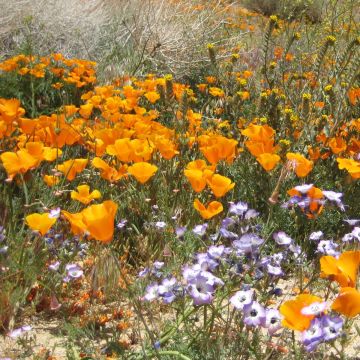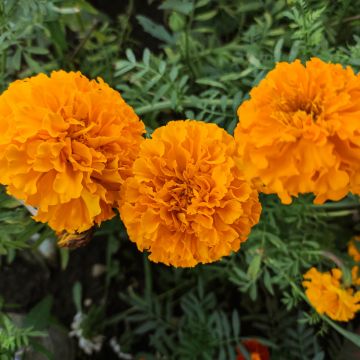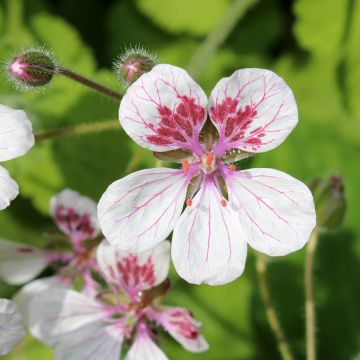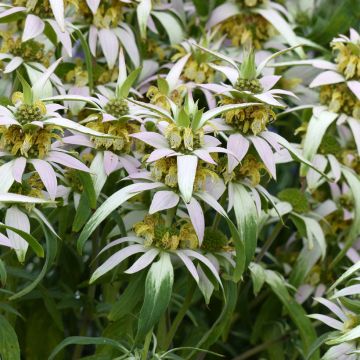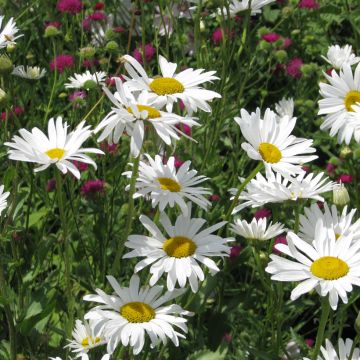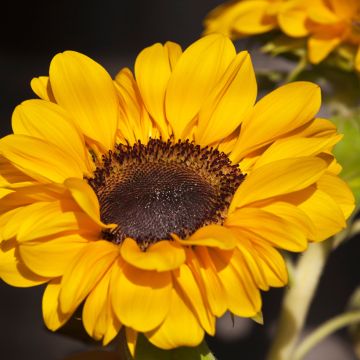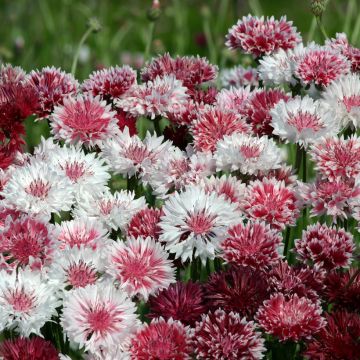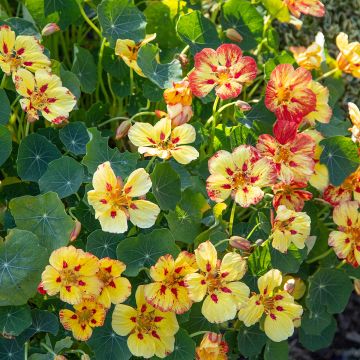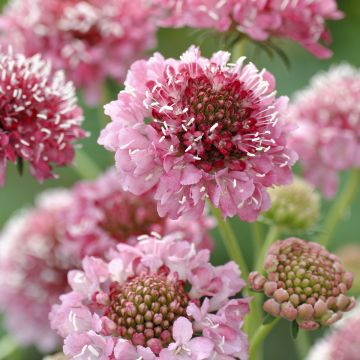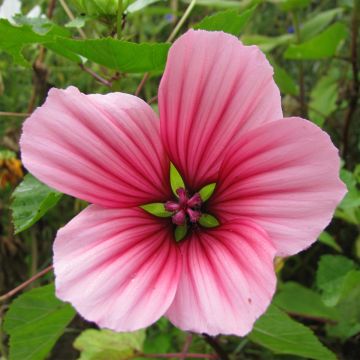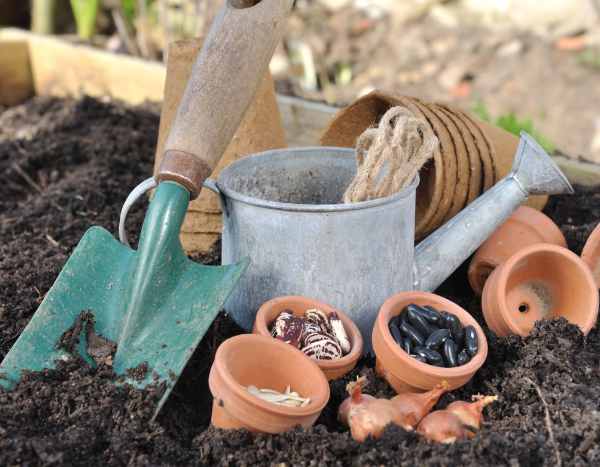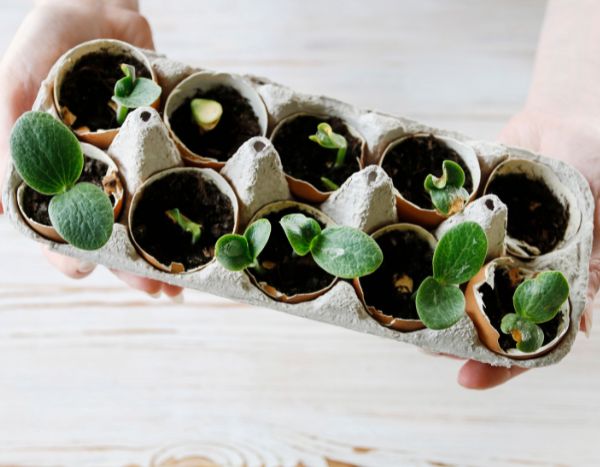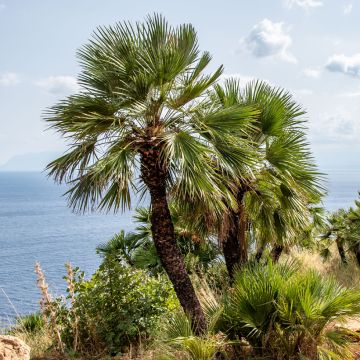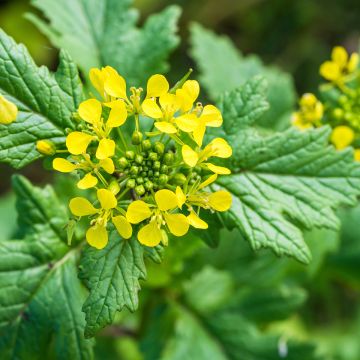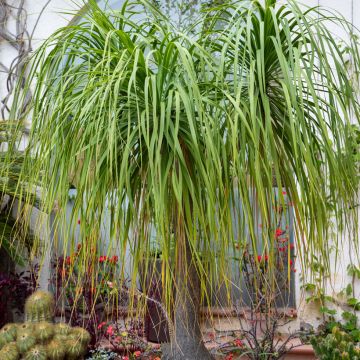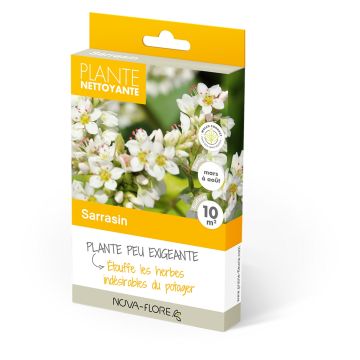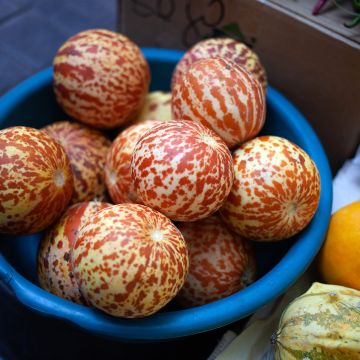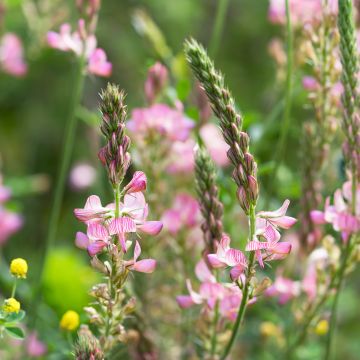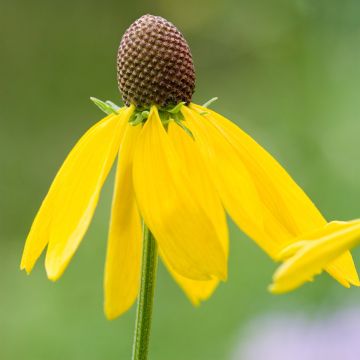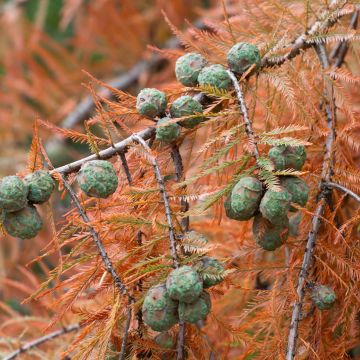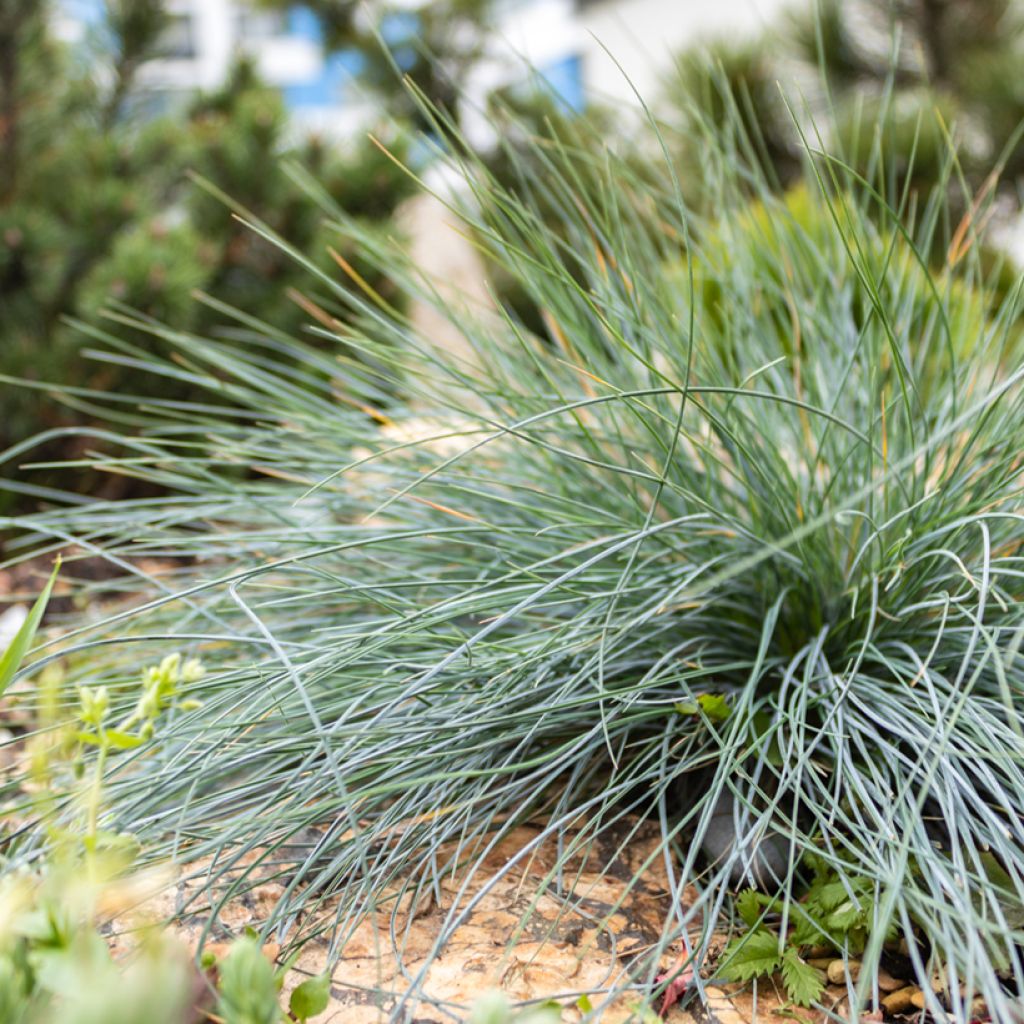

Festuca glauca seeds
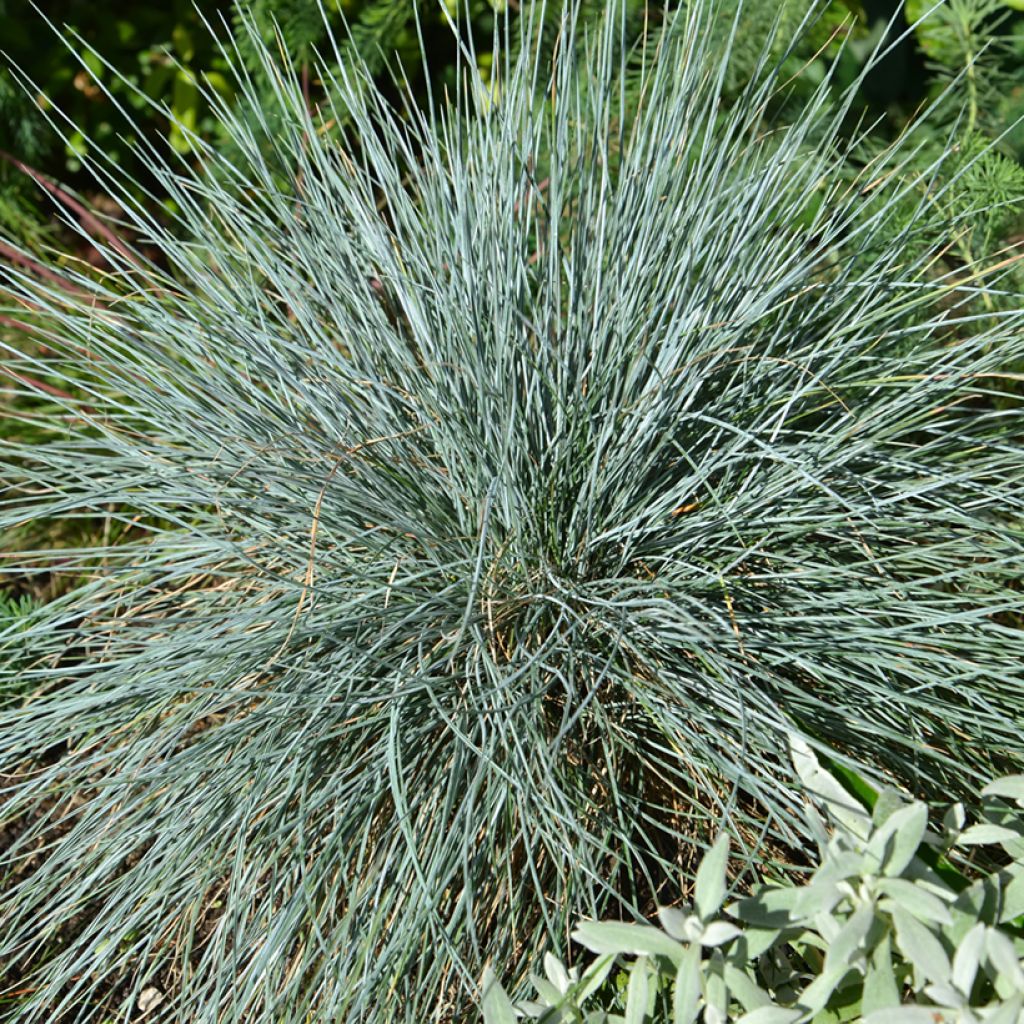

Festuca glauca seeds
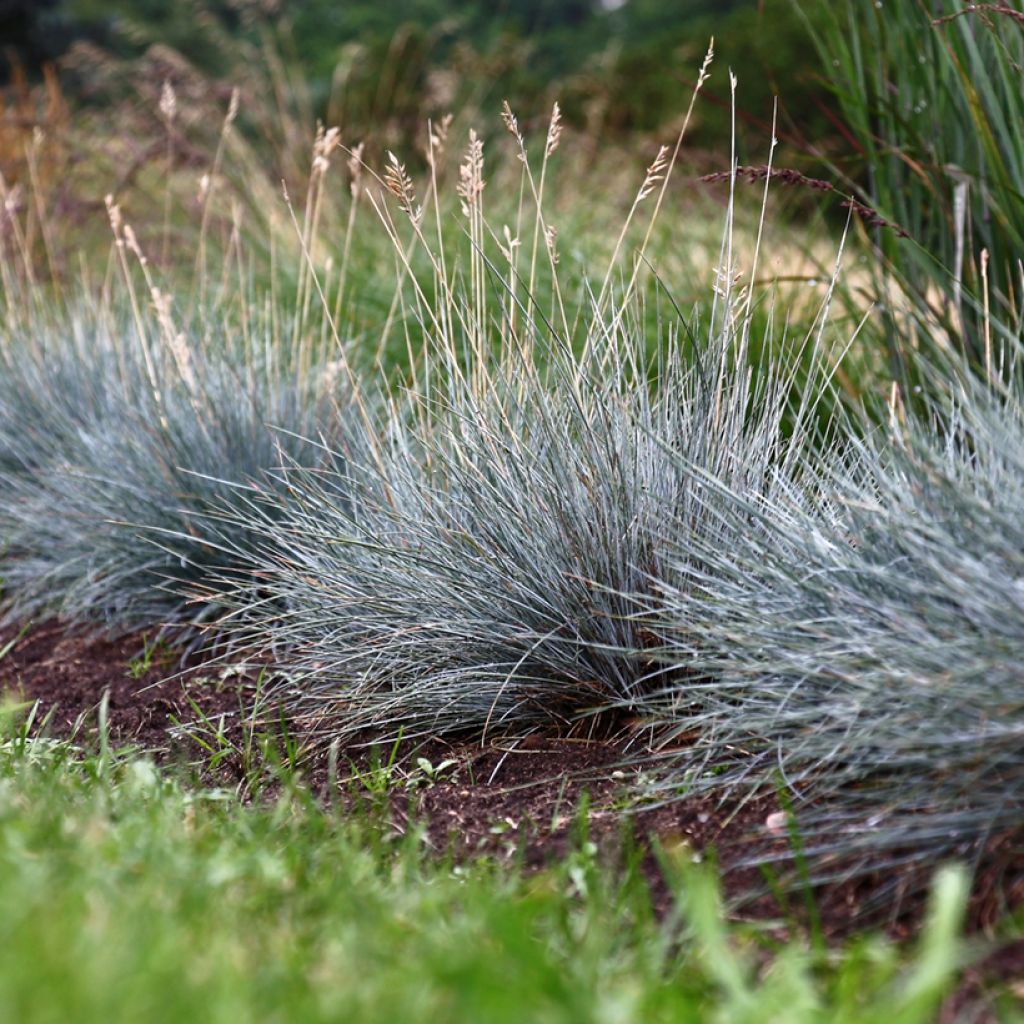

Festuca glauca seeds
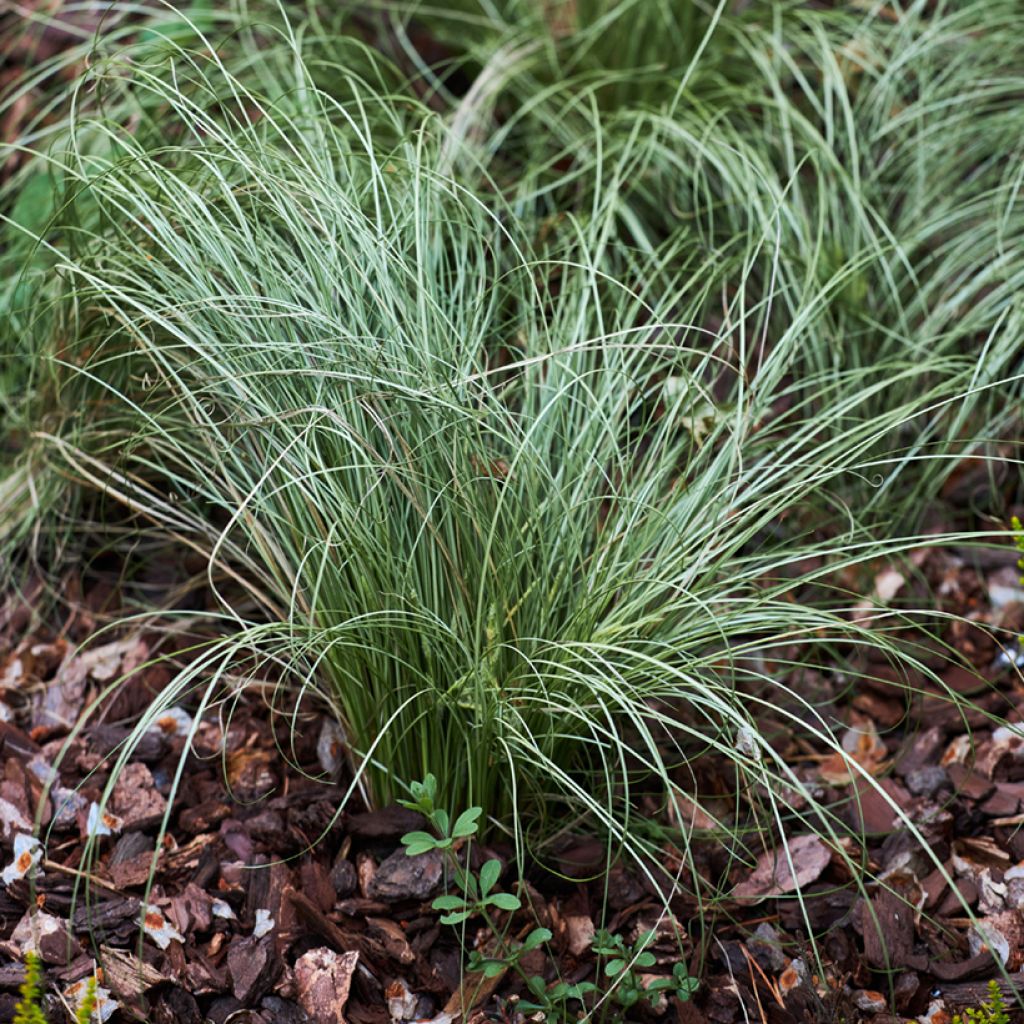

Festuca glauca seeds
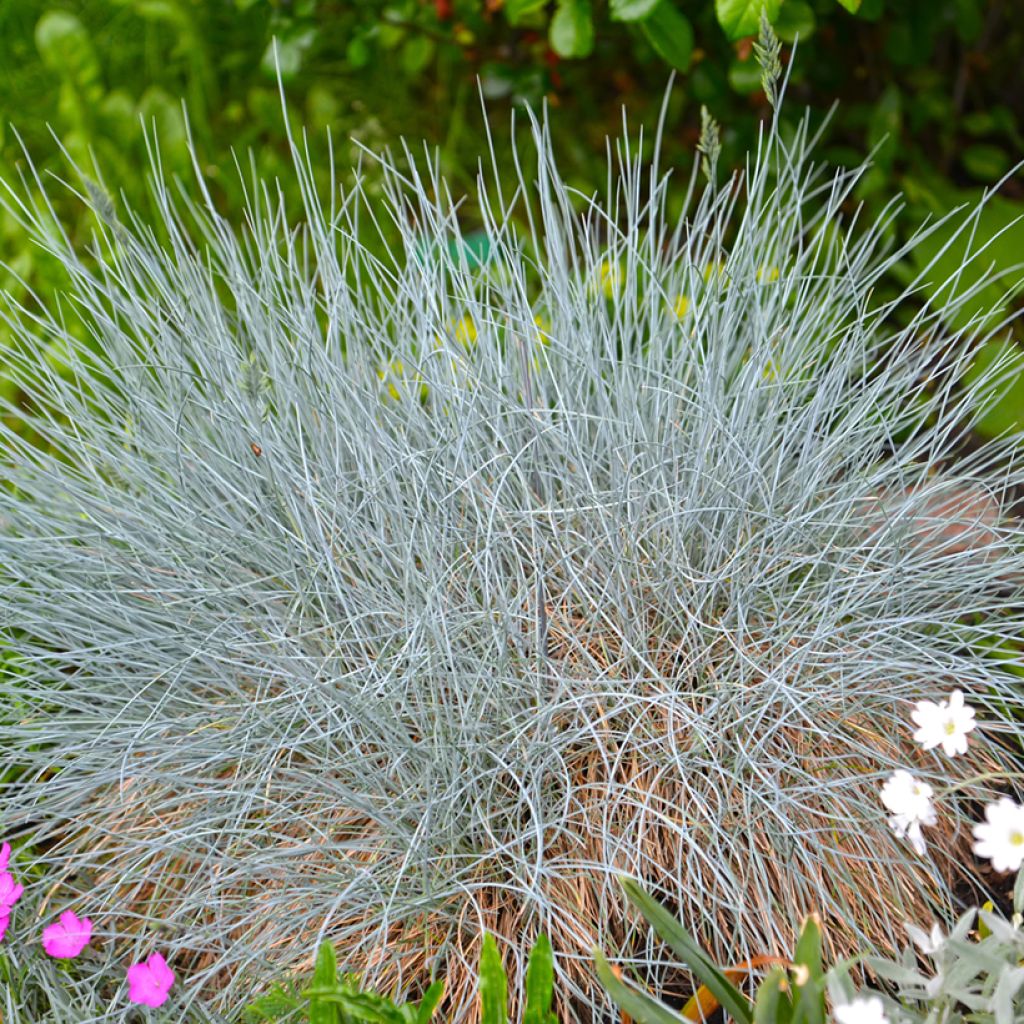

Festuca glauca seeds
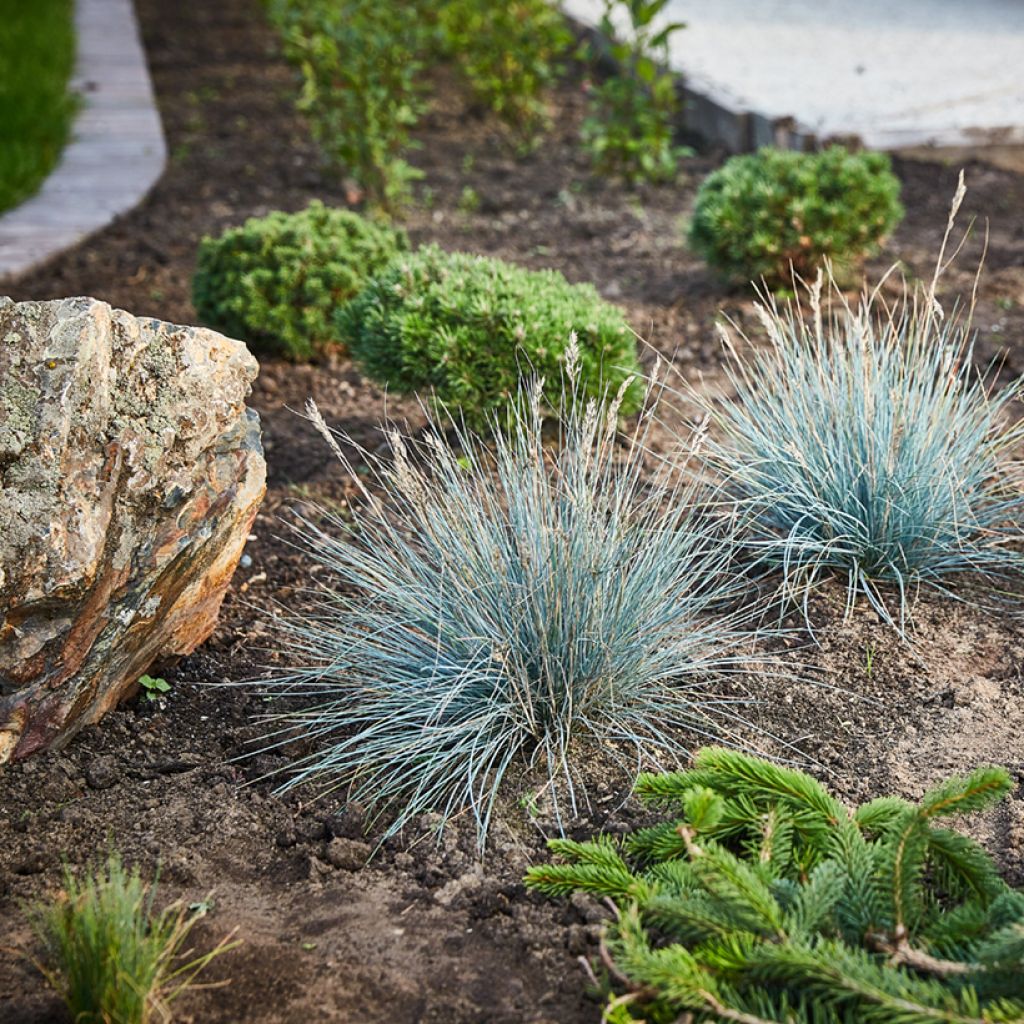

Festuca glauca seeds
Festuca glauca seeds
Festuca glauca
Blue Fescue, Grey Fescue
Special offer!
Receive a €20 voucher for any order over €90 (excluding delivery costs, credit notes, and plastic-free options)!
1- Add your favorite plants to your cart.
2- Once you have reached €90, confirm your order (you can even choose the delivery date!).
3- As soon as your order is shipped, you will receive an email containing your voucher code, valid for 3 months (90 days).
Your voucher is unique and can only be used once, for any order with a minimum value of €20, excluding delivery costs.
Can be combined with other current offers, non-divisible and non-refundable.
Home or relay delivery (depending on size and destination)
Schedule delivery date,
and select date in basket
This plant carries a 6 months recovery warranty
More information
We guarantee the quality of our plants for a full growing cycle, and will replace at our expense any plant that fails to recover under normal climatic and planting conditions.
Would this plant suit my garden?
Set up your Plantfit profile →
Description
Blue Fescue or Festuca glauca is an ornamental grass prized for its fine, evergreen, bluish foliage. Forming a small, dense, rounded clump, it will fill the foreground of flower beds and rockeries. This grass comes alive with silvery, trailing spikelets in summer. It is drought-resistant, ideal for dry gardens without irrigation. It's easy and quick to sow, allowing for beautiful vegetation in just a few months.
Festuca glauca belongs to the Poaceae family. It is native to Central Europe and is naturally found in dry, rocky, or sandy environments. This perennial grass with a non-running crown forms dense and compact clumps, reaching 20 to 30 cm in height and gradually spreading up to 30-40 cm wide. Its linear, fine, and rigid foliage is grey-green with a bluish sheen, particularly vivid in full sun. It persists all year round, even in winter. The leaves are covered with a waxy film, providing its bluish appearance, also indicating excellent adaptation to dry environments. In early summer, Blue Fescue produces slender inflorescences in spikes of a light beige to golden hue, borne on stems slightly higher than the foliage. These inflorescences are subtle and add an extra touch of lightness. After flowering, they can be cut back to maintain the plant's appearance. Its dense and fibrous root system gives it excellent drought resistance, as well as good adaptation to poor and well-drained soils. This fescue can spread, self-seeding here and there in light soils.
Blue Fescue is very easy to grow and prefers sunny exposures and well-draining soils, even poor or stony ones. Sow in spring, directly in place or in pots, on a light and slightly moist substrate. Once established, it requires very little maintenance: moderate watering, an annual pruning in late winter to remove dry leaves and densify the foliage. It is perfect in a scree garden, on a slope, along path borders, in rockeries, and even as an alternative to lawn in dry terrain, in areas not too heavily trodden. Pair this grass with plants like sedums, lavenders, euphorbias and Stachys, for example. It also adapts very well to pot cultivation.
Report an error about the product description
Festuca glauca seeds in pictures


Flowering
Foliage
Plant habit
Safety measures
Botanical data
Festuca
glauca
Poaceae
Blue Fescue, Grey Fescue
Festuca ovina var. glauca
Central Europe
atteinterespiratoire
Cette plante peut entraîner des symptômes allergiques.
Evitez de la planter si vous ou vos proches souffrez de rhinite saisonnière ("rhume des foins").
Davantage d'informations sur https://plantes-risque.info
Other Flower seeds A to Z
View all →Planting and care
Spring is the ideal season for sowing Blue Fescue directly in place or under cover, when temperatures are around 20°C.
Use a light, well-drained and nutrient-poor compost. A mix of garden soil and sand is recommended to avoid excess moisture, to which Blue Fescue is sensitive.
Sow the seeds on the surface, then lightly cover them with substrate. Maintain constant moisture until germination, which usually occurs within 1 to 3 weeks.
Place the seedlings in a sunny spot, as Blue Fescue develops its optimal colouring under intense light.
Once the seedlings are sufficiently developed, thin them out to leave a space of 8 to 10 cm between each young plant.
Sowing period
Intended location
Planting & care advice
This item has not been reviewed yet - be the first to leave a review about it.
Similar products
Haven't found what you were looking for?
Hardiness is the lowest winter temperature a plant can endure without suffering serious damage or even dying. However, hardiness is affected by location (a sheltered area, such as a patio), protection (winter cover) and soil type (hardiness is improved by well-drained soil).

Photo Sharing Terms & Conditions
In order to encourage gardeners to interact and share their experiences, Promesse de fleurs offers various media enabling content to be uploaded onto its Site - in particular via the ‘Photo sharing’ module.
The User agrees to refrain from:
- Posting any content that is illegal, prejudicial, insulting, racist, inciteful to hatred, revisionist, contrary to public decency, that infringes on privacy or on the privacy rights of third parties, in particular the publicity rights of persons and goods, intellectual property rights, or the right to privacy.
- Submitting content on behalf of a third party;
- Impersonate the identity of a third party and/or publish any personal information about a third party;
In general, the User undertakes to refrain from any unethical behaviour.
All Content (in particular text, comments, files, images, photos, videos, creative works, etc.), which may be subject to property or intellectual property rights, image or other private rights, shall remain the property of the User, subject to the limited rights granted by the terms of the licence granted by Promesse de fleurs as stated below. Users are at liberty to publish or not to publish such Content on the Site, notably via the ‘Photo Sharing’ facility, and accept that this Content shall be made public and freely accessible, notably on the Internet.
Users further acknowledge, undertake to have ,and guarantee that they hold all necessary rights and permissions to publish such material on the Site, in particular with regard to the legislation in force pertaining to any privacy, property, intellectual property, image, or contractual rights, or rights of any other nature. By publishing such Content on the Site, Users acknowledge accepting full liability as publishers of the Content within the meaning of the law, and grant Promesse de fleurs, free of charge, an inclusive, worldwide licence for the said Content for the entire duration of its publication, including all reproduction, representation, up/downloading, displaying, performing, transmission, and storage rights.
Users also grant permission for their name to be linked to the Content and accept that this link may not always be made available.
By engaging in posting material, Users consent to their Content becoming automatically accessible on the Internet, in particular on other sites and/or blogs and/or web pages of the Promesse de fleurs site, including in particular social pages and the Promesse de fleurs catalogue.
Users may secure the removal of entrusted content free of charge by issuing a simple request via our contact form.
The flowering period indicated on our website applies to countries and regions located in USDA zone 8 (France, the United Kingdom, Ireland, the Netherlands, etc.)
It will vary according to where you live:
- In zones 9 to 10 (Italy, Spain, Greece, etc.), flowering will occur about 2 to 4 weeks earlier.
- In zones 6 to 7 (Germany, Poland, Slovenia, and lower mountainous regions), flowering will be delayed by 2 to 3 weeks.
- In zone 5 (Central Europe, Scandinavia), blooming will be delayed by 3 to 5 weeks.
In temperate climates, pruning of spring-flowering shrubs (forsythia, spireas, etc.) should be done just after flowering.
Pruning of summer-flowering shrubs (Indian Lilac, Perovskia, etc.) can be done in winter or spring.
In cold regions as well as with frost-sensitive plants, avoid pruning too early when severe frosts may still occur.
The planting period indicated on our website applies to countries and regions located in USDA zone 8 (France, United Kingdom, Ireland, Netherlands).
It will vary according to where you live:
- In Mediterranean zones (Marseille, Madrid, Milan, etc.), autumn and winter are the best planting periods.
- In continental zones (Strasbourg, Munich, Vienna, etc.), delay planting by 2 to 3 weeks in spring and bring it forward by 2 to 4 weeks in autumn.
- In mountainous regions (the Alps, Pyrenees, Carpathians, etc.), it is best to plant in late spring (May-June) or late summer (August-September).
The harvesting period indicated on our website applies to countries and regions in USDA zone 8 (France, England, Ireland, the Netherlands).
In colder areas (Scandinavia, Poland, Austria...) fruit and vegetable harvests are likely to be delayed by 3-4 weeks.
In warmer areas (Italy, Spain, Greece, etc.), harvesting will probably take place earlier, depending on weather conditions.
The sowing periods indicated on our website apply to countries and regions within USDA Zone 8 (France, UK, Ireland, Netherlands).
In colder areas (Scandinavia, Poland, Austria...), delay any outdoor sowing by 3-4 weeks, or sow under glass.
In warmer climes (Italy, Spain, Greece, etc.), bring outdoor sowing forward by a few weeks.






























